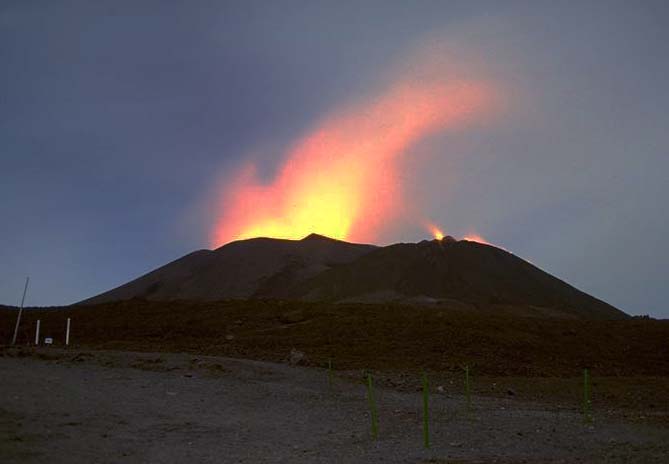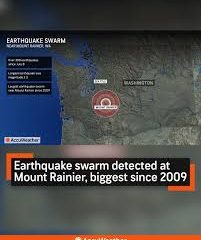Recent Eruptions from Mt Etna: A Closer Look at the Impact

Introduction
The majestic Mt Etna, located on the east coast of Sicily, Italy, is known as one of the world’s most active volcanoes. The recent eruptions have drawn significant attention due to their impact on local communities, air travel, and scientific study. Understanding the activity of Mt Etna is not only crucial for the safety of those living nearby but also offers valuable insights into volcanic activity globally.
Recent Eruptions
In early October 2023, Mt Etna experienced its most significant eruption in two years, with fountains of lava shooting approximately 400 meters into the sky. This explosive activity has resulted in the temporary closure of nearby hiking trails and safety measures being implemented around the surrounding towns of Catania and Taormina. According to the National Institute of Geophysics and Volcanology, fluctuations in volcanic tremor and minor earthquakes preceded the eruption, indicating heightened volcanic activity.
Impact on Local Communities
The recent eruption has affected the lives of many residents in the area, with ashfall disrupting daily life, as residents deal with accumulating ash on roads and properties. Moreover, several schools in Catania were closed as a precautionary measure. Emergency services have been on high alert, monitoring the situation closely and facilitating evacuations if necessary. Local governments are working to provide support and resources to communities affected by the volcanic activity.
Impact on Air Travel
Air travel has also been impacted, with several flights in and out of Catania Airport being cancelled due to ash clouds disrupting visibility and safe travel conditions. The airport had to implement temporary restrictions on flights, leading to significant delays for travellers. Aviation experts stress the need for ongoing monitoring, as volcanic ash can cause severe damage to aircraft engines.
Scientific Importance
From a scientific perspective, Mt Etna provides a unique opportunity for volcanologists to study eruptions and their aftermath. Researchers are examining the ashes and gases released during these eruptions to understand their composition better and to predict future activity effectively. The ongoing research helps enhance safety protocols and contributes to the wider understanding of volcanic behaviour.
Conclusion
The recent eruptions of Mt Etna underline the need for preparedness and adaptability for those living in its vicinity. The balance between appreciating the natural beauty of this active volcano and ensuring safety remains critical. As Mt Etna continues to show signs of activity, local authorities and scientists will keep monitoring the situation, armed with data and observations to mitigate the effects on the local populace and infrastructure.







